Intermediates
Gallantry and accessories
Blog Piekiełka
Baluchis - a nomadic people without a state of their own
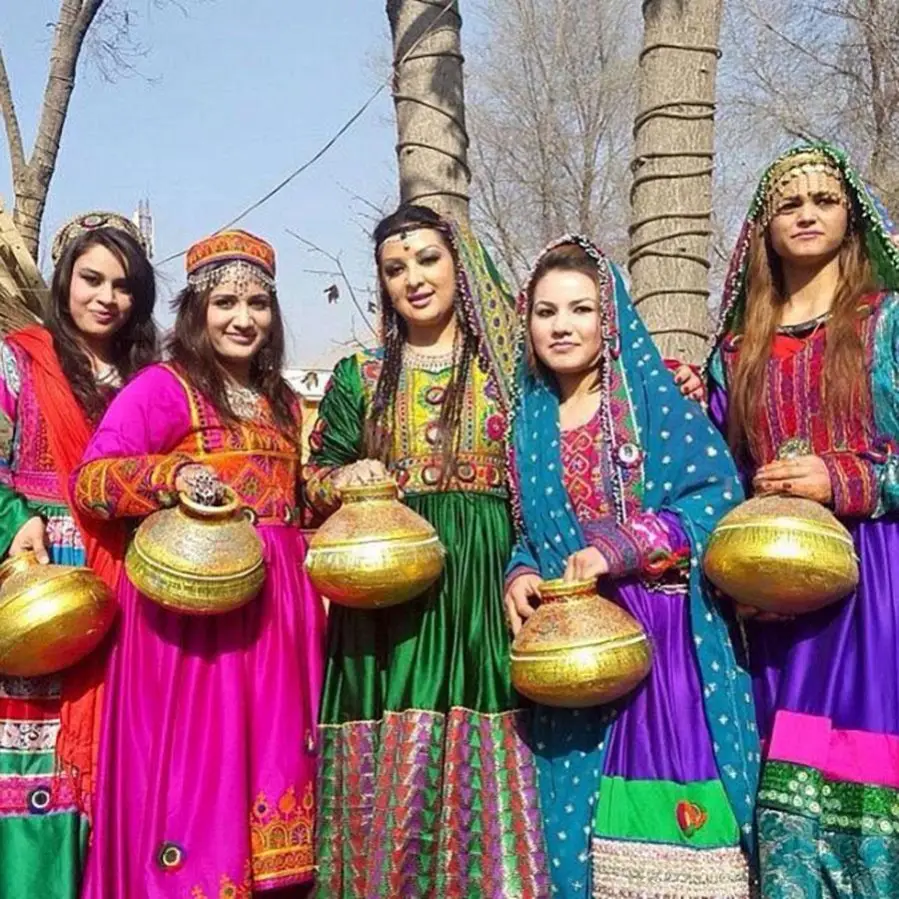
Baluchis are an ethnic group with a nomadic lifestyle, belonging to the Iranian peoples. They live in Baluchistan, a historic region on the northern coast of the Indian Ocean. Administratively, Baluchistan is divided into provinces that are part of Afghanistan, Pakistan and Iran. The nation's population is estimated at around 11 million people, with more than half a million Baluch living in Afghanistan. Exact numbers are difficult to come by, as in some regions all locals, with the exception of Pashtuns, admit to belonging to this nation.
The largest number of Baluch live in Pakistan (more than 6 million) and Iran (about 2 million). Outside Afghanistan, they are also found in Oman, the UAE and Turkmenistan.
Language
The ethnic group speaks a rather archaic Baluchi language, belonging to the northwestern group of Iranian languages, divided into a multitude of tribal dialects. These can be combined into two groups: western and eastern, according to the division of the tribes. The discrepancies between the eastern and western dialects are considerable, and mutual understanding of their speakers is often very difficult. The Baluch themselves are mostly bilingual or trilingual, and also speak Urdu, Sindhi, Punjabi, Pashto, Farsi, Arabic or Turkmen, depending on the country of residence. The vast majority of Baluchis are Sunni Muslims.
Name
The term "Baluchi" has an uneasy etymology. Some scholars link its origin to the name Meluhha, which the Sumerians used to describe lands in the Indus Valley. The word may have undergone a transformation into "beluhha" and "baluchi." The Baluchi tribes settled the former Makran, a principality in Baluchistan territory. Also, the term Meluhha is related to Mleccha, as Indians called all foreigners. There is an analogy here with "barbarus" - in ancient Greece, any foreigner, and in Rima, anyone who was neither Roman nor Greek. According to another version, the nation was called "Baloch," meaning "highwaymen of the desert," as the Baluch had wandered from time immemorial seeking fertile lands and engaging in robbery in the process.
History
There is a theory that the ancestors of the Baluch were the ancient Medes, a people who once inhabited northwestern Iran. To them belonged the ancient city of Aleppo, still in existence in the 6th century BC. Individual tribes may have gone out from there and settled in what is now Pakistan. The ancestors of the Baluch initially settled the north of Iran before they were driven out of there by Arab invaders in the 7th century. The tribes crossed the desert and occupied the southeast of the country. Sources say there were several waves of migration. The resettlement finally ended around the 11th century. The territory inhabited by Baluchis was occupied over time by the Seljuk Turks, forcing them to migrate further south.
In the 14th-16th centuries, Baluch principalities were established in Makran territory. They were subordinate to the Great Mogul and Afsharid Empires. After their disintegration, the principalities united around the Khanate of Kalat, the strongest of the local khanates. In addition to the Arabs and Turks, the ethnogenesis of Baluchistan was influenced by the Dravidian Brahui group living in Baluchistan. Around this time, Indian and adjacent territories began to be occupied by the British. Britain caused the division of Baluchi land into several provinces, which were administered by colonial officials. The tribes undertook uprisings, but were no match for the might of the British army. In the mid-20th century, Baluchistan was partially absorbed into Pakistan, and its western part went to Iran.
Appearance
Ethnographic studies show the similarity of Baluch people to Indo-Europeans. They have some Nordic features. Among their representatives, one can find people with relatively fair complexion and light eyes. However, the vast majority of Baluchis are distinguished by their dark complexion, brown eyes and curly hair. These are the results of assimilation with the Dravidians.
Way of life
The Baluch have retained an ancestral-tribal division to the present day. Some of them lead a nomadic lifestyle, while others have switched to a sedentary one. Regardless of the oil and gas production in Baluchistan, about 70% of the population lives below the poverty line. They can count on neither education nor professional medical assistance. Residents of large cities work in the service and tourism spheres. Many Baluchis, however, still engage in nomadic camel, sheep and goat herding. They use camels as a means of transportation. They practice agriculture in the river valleys - they grow cotton, tobacco, oil crops, wheat, barley, beans, corn. They engage in horticulture and, on the coast, fishing. Traditional crafts include:
- carpet weaving,
- woodworking,
- pottery,
- leather making,
- jewelry making.
The making of carpets from wool and silk has a centuries-old tradition here. This art was developed here even before our era. Weaving is done by women. They weave canvas from camel wool, goat wool or cotton. It is also a traditional craft to make silk and cotton fabrics with a pattern printed on them. Shawls and bedspreads are embroidered with sparkling zircons. Patchwork quilts are popular.
Pottery goes back to the roots of ancient civilizations. The masters make vases, tableware, lamps with magnificent forms. After firing, the pottery is painted and covered with glaze. The surface of the ceramics is decorated with floral and plant designs. Beljur masters make furniture and musical instruments from wood, covering them with beautiful carvings. Metalware making and surface engraving are also widespread. Kettles, plates, cups, jugs are made from brass and copper. The engraved surfaces are covered with colored lacquer.
The Baluchis have a developed jewelry art. They make not only precious metal ornaments, but also simple jewelry. Women here traditionally wear a lot of ornaments all over their bodies. These include bracelets, necklaces, massive earrings, chains, head pendants and rings.
The lifestyle of the Baluchis is heavily influenced by intra-tribal relations. There is an ancestral hierarchy, some tribes have a caste division brought from India. The tribal system influences social life. The tribal elders are consulted on all important matters, including those concerning the family. The elders have unquestionable authority. Family ties are very strong. Important events in the family are celebrated by all relatives. Marriages are traditionally contracted among one community. Patriarchy reigns in the family. A wife submits to her husband in accordance with Islamic tradition. The birth of a child is considered happiness, children are pampered, there is no unnecessary harsh upbringing. At the same time, the birth of a boy is welcomed more pleasantly, as a girl needs a dowry, which greatly increases family expenses.
Clothing
In both representatives of nomadic tribes and urban residents, the basis of clothing is loose pants and a long shirt. The nomads impose woolen covers on top or wear long sleeveless jackets. Some men wear a dhoti, a traditional men's outfit consisting of a piece of cloth pinned at the waist. On their heads they wear a turban or round cap. Women's attire consists of similar elements; they wear sarees and a long tunic with sleeves. They impose a shawl on top. Some women dress in a sari. The fabrics are colorful and bright: yellow, green, blue, pink. Older women choose darker colors. They wear sandals on their feet.
Tradition
The entire life of the Baluchi people is permeated by religion. Numerous traditions and rituals are subservient to the principles of Islam. As for the general rules for all Muslims: one should not take food with the left hand (it is considered unclean), pass in front of a man saying prayers, point the soles of the feet toward others. It is also forbidden to touch the head of another person, especially a child. It is best not to touch bystanders at all, although greetings today are usually in the European way. A woman should cover her entire body except her feet. As with other nations that follow Islam, Baluchis are not allowed to drink alcohol. They smoke a lot, but not in public places.
Meals are usually eaten by Baluchis on the floor. They spread out a mat and place plates of food on it. Food is taken by hand, without using a spoon. Food can be started with a flat cake. It is not appropriate to throw away bread. Leftover food is given away to domestic animals. Traditionally, green tea is served before and after eating. While eating, it is not accepted to talk, it can be done only with the permission of the host. All Muslim holidays are celebrated.
Eating
The staple food is unleavened pancakes (a type of flat bread made from unleavened dough) combined with sour milk. Dietary variety is created with vegetables and fruits. In the poor, meat appears only on great feasts. As a rule, it is mutton or domestic fowl - Muslims do not eat pork. Those living in rural areas may use locusts roasted with salt for food. Various sweets are prepared to celebrate the world:
- firni - a milk-based pudding with rice added,
- challah - a dessert made of cream, eggs and nuts,
- mitai - candies made from a mixture of flour, cream and sweet syrup,
- raita - a type of yogurt-based sauce.
The most popular drink is tea, which is drunk with milk, spices, nuts. Coconut milk, fruit nectars and sorbets are also widespread.
Ethnic Jewelry
-
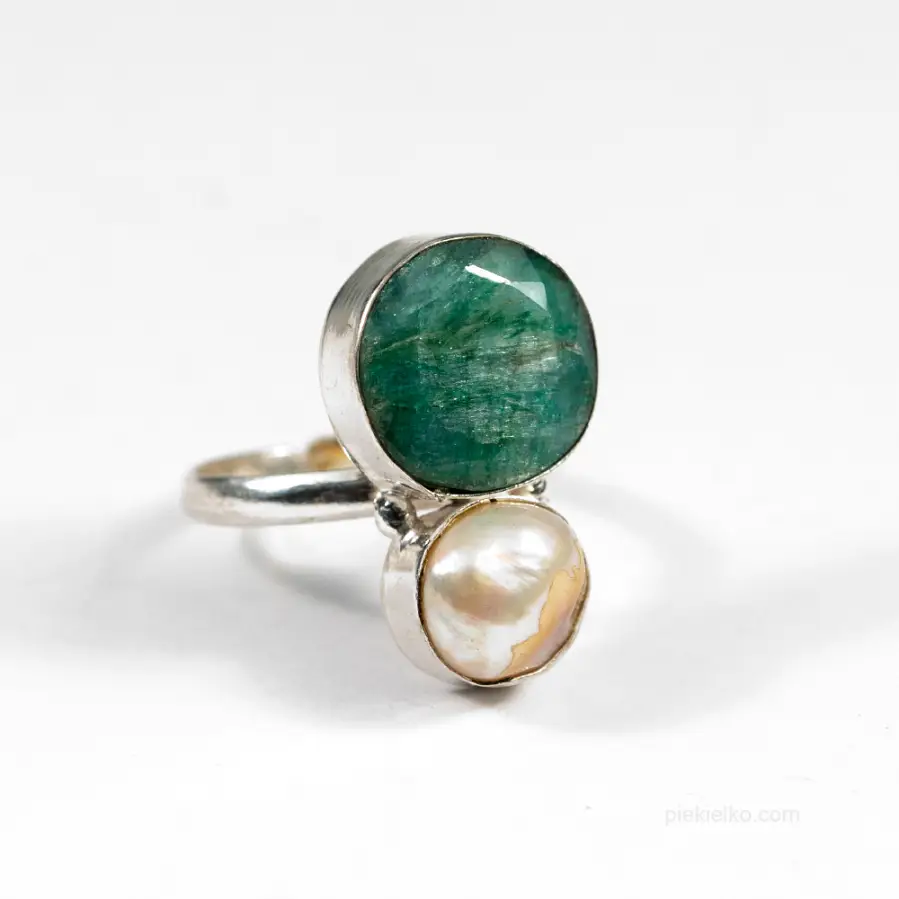
Ring with emerald and pearl
350,00332,50 -
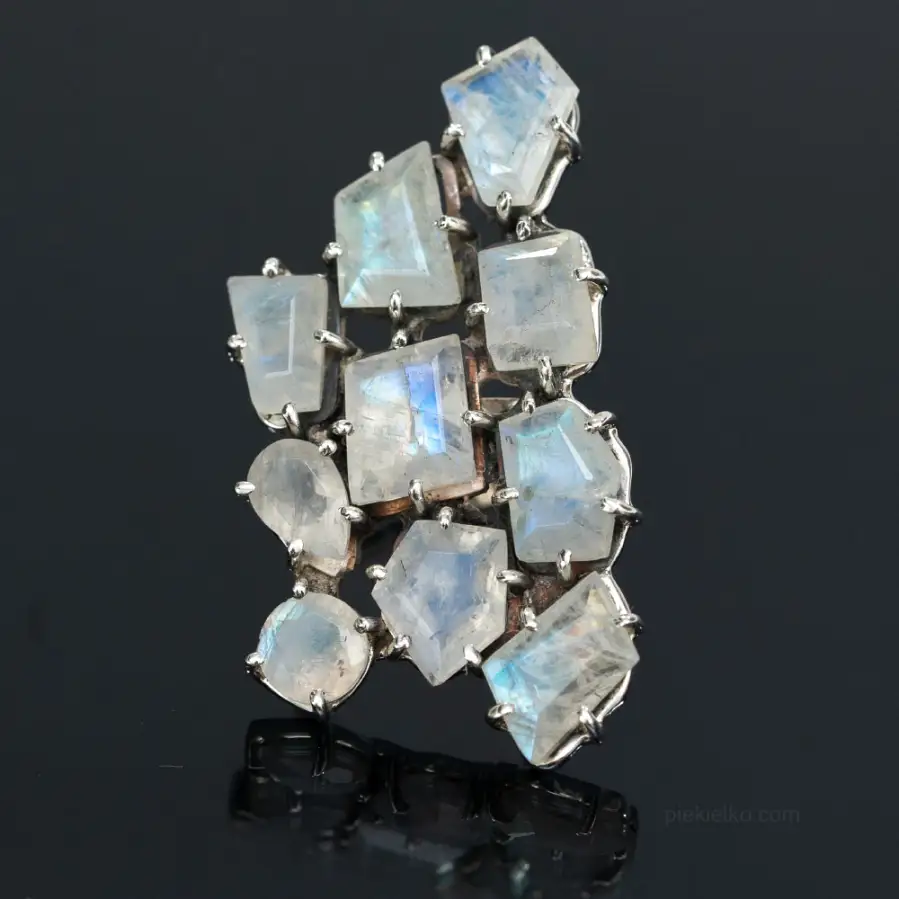
Big ring with moonstones
560,00505,40 -

Brown natural turquoise ring
155,0088,35 -
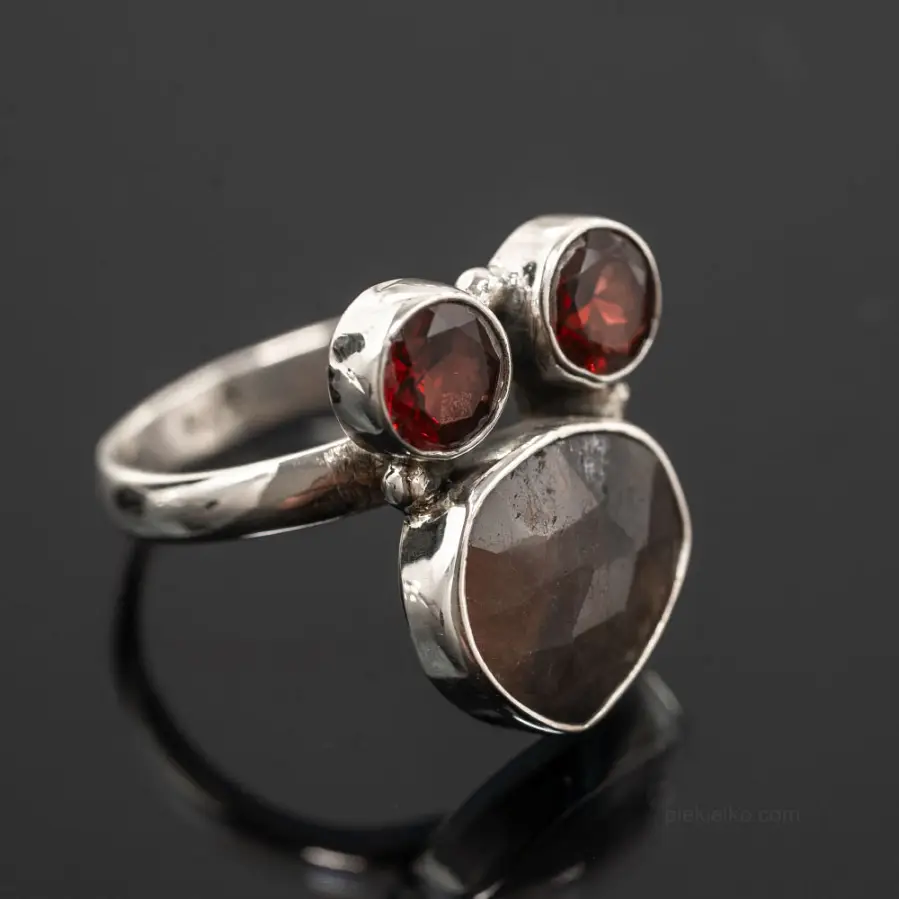
Silver ring with garnet and rutile
360,00324,90 -
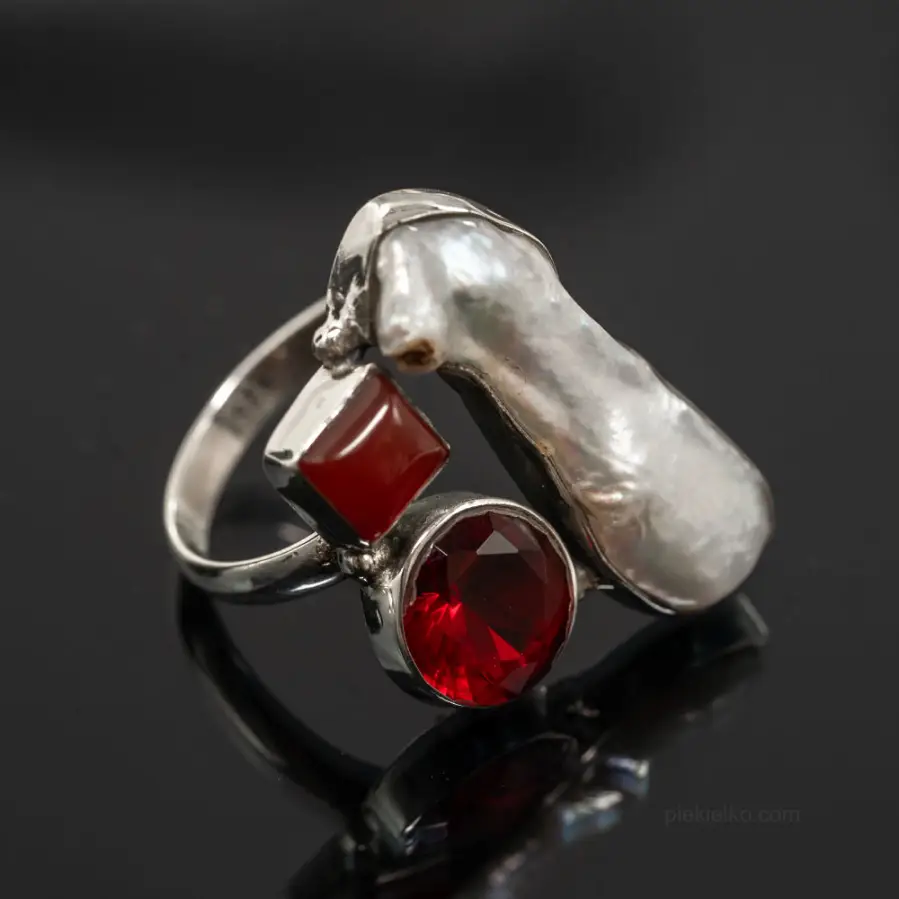
Silver ring with three treasures of nature
400,00361,00 -
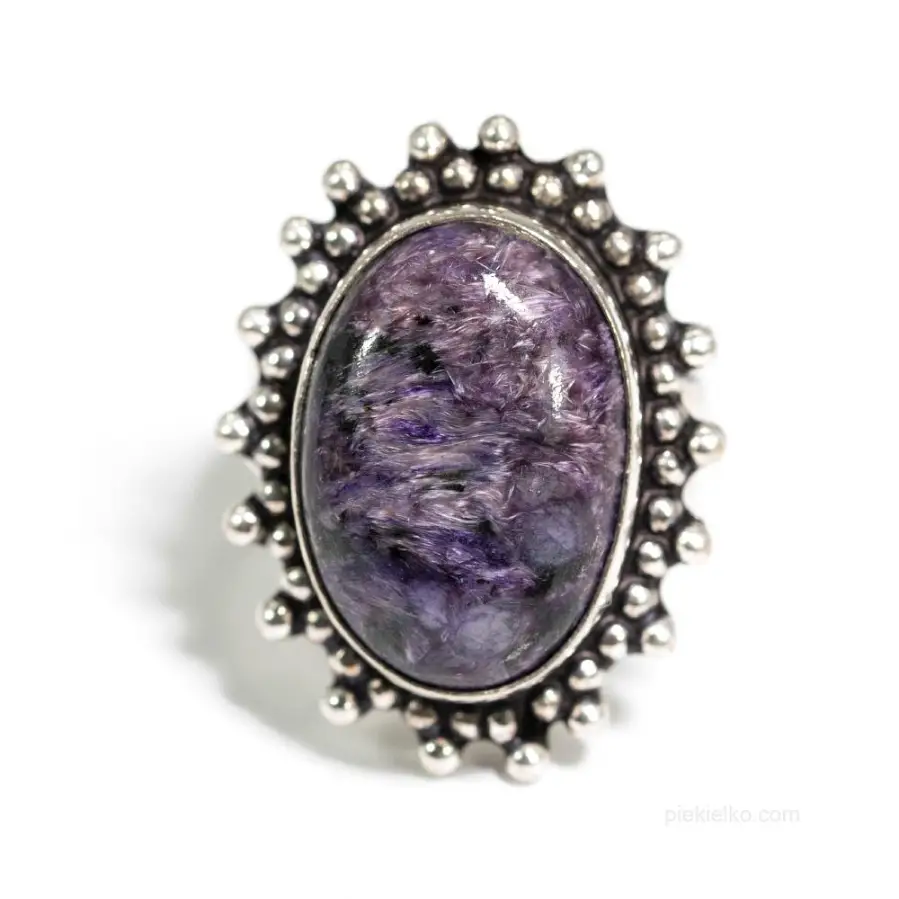
Ring with magical Russian charoite
199,00113,43 -

Moonstone ring
168,00159,60 -
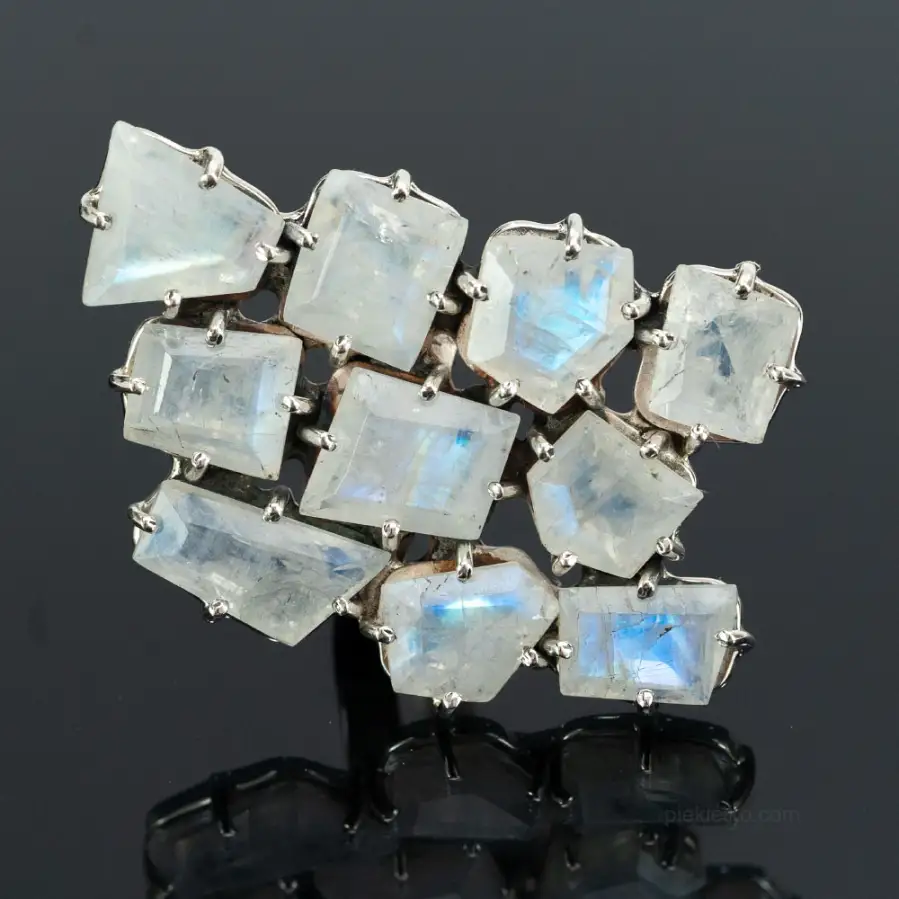
Lunar Elegance – Indian Ring
570,00514,43 -
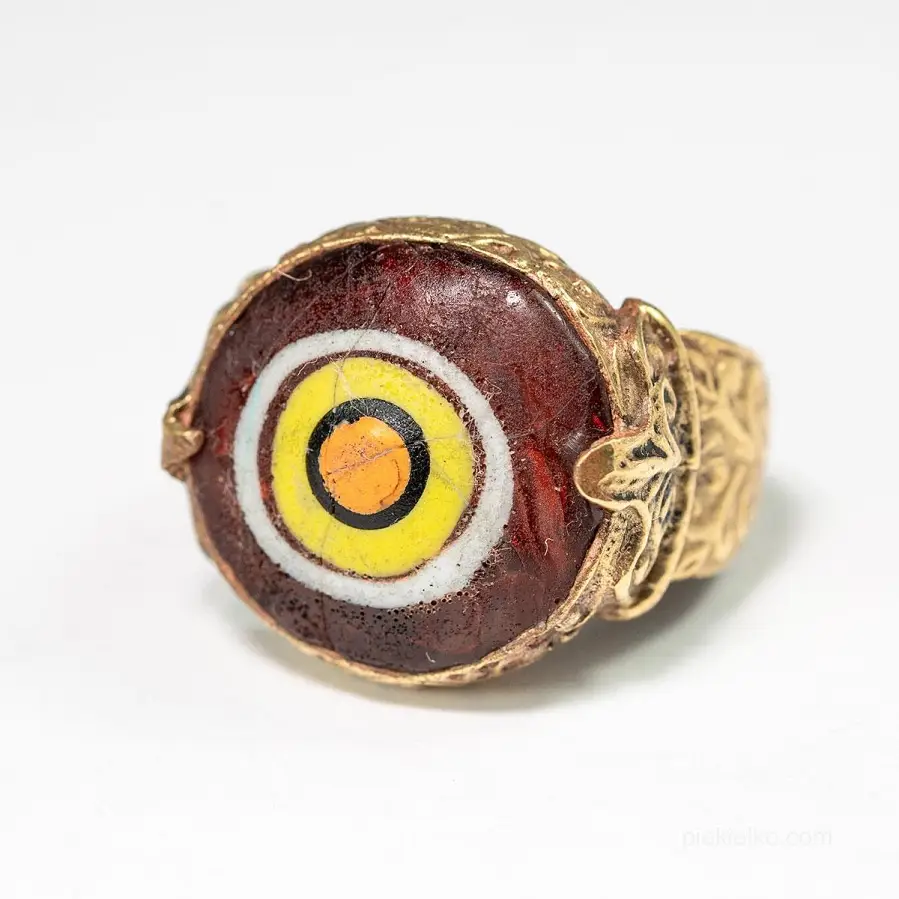
Gabri glass ring
98,0093,10 -
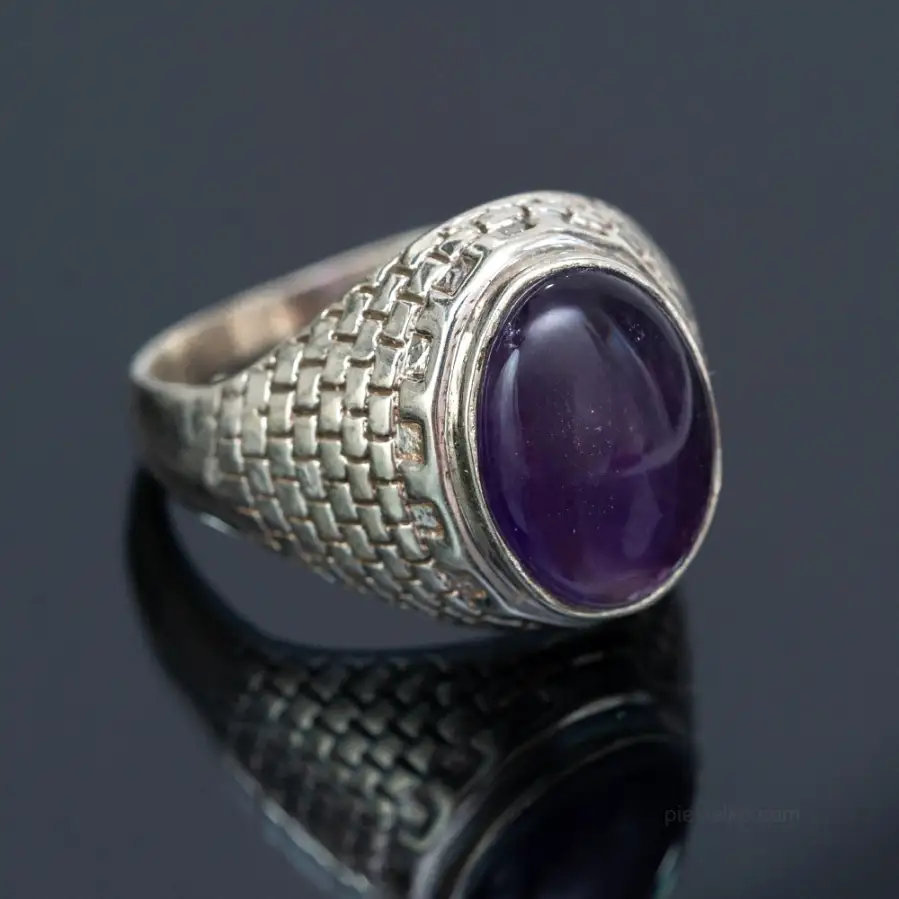
Silver signet ring with amethyst
350,00315,88 -
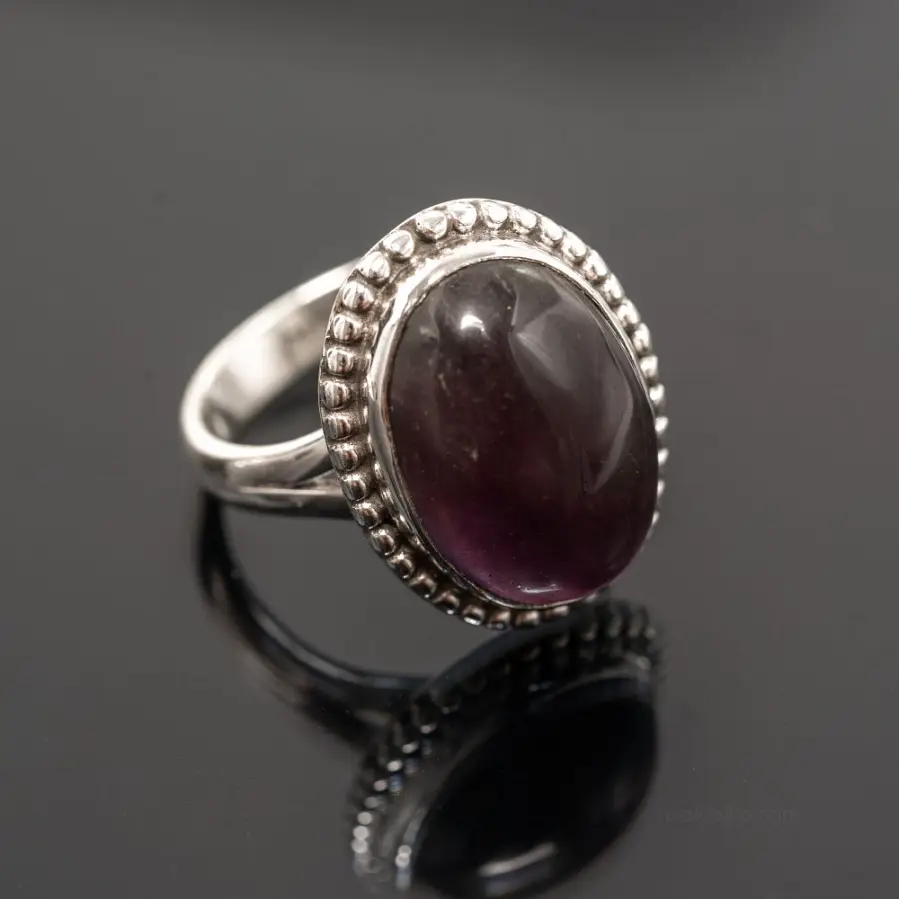
A gift with an amethyst - for a special person
350,00315,88 -
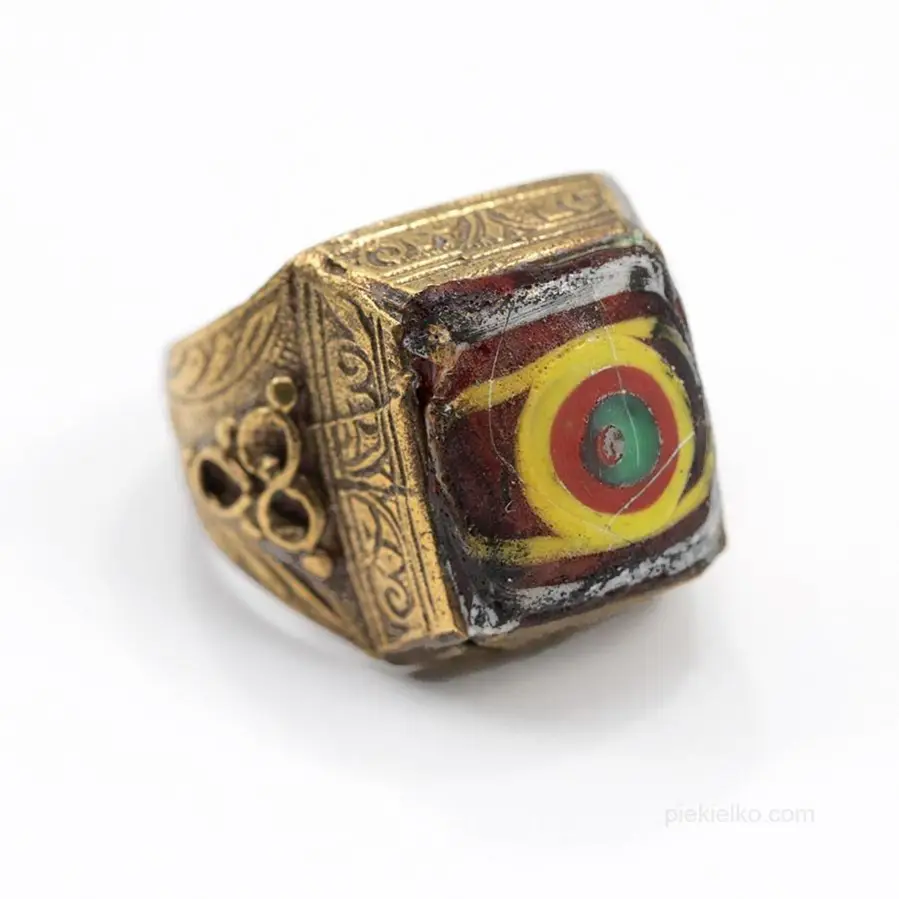
Gabri glass brass ring
98,0093,10 -
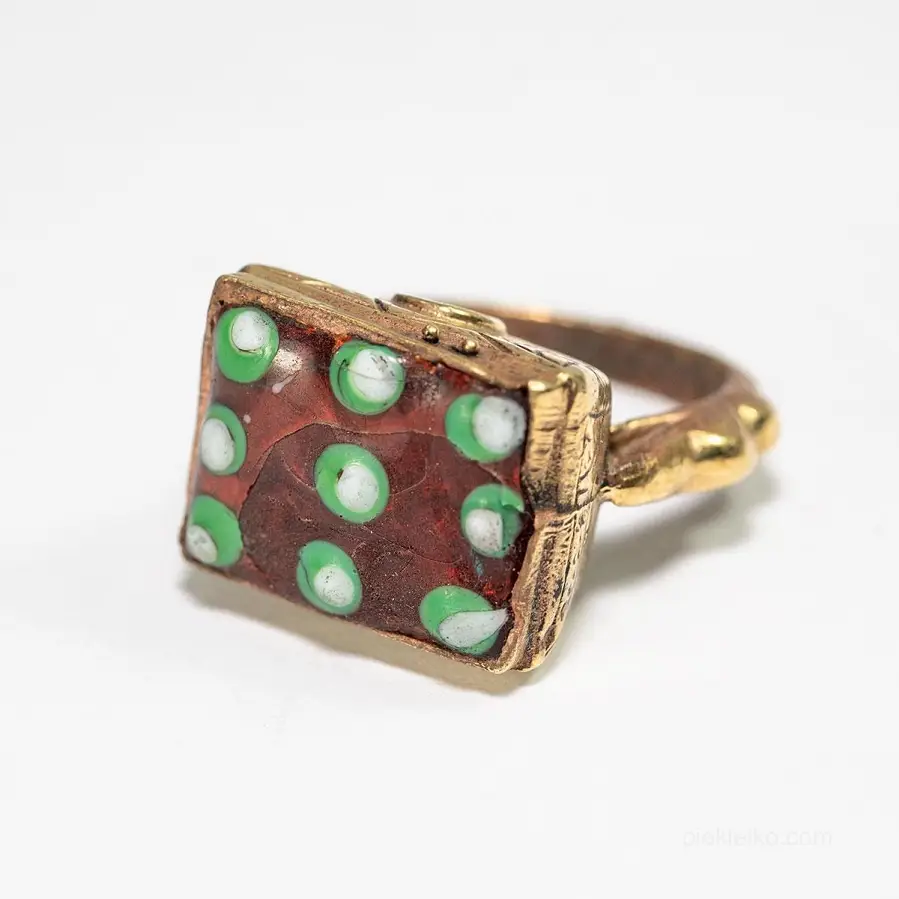
Brass Gabri Glass signet ring
98,0093,10 -
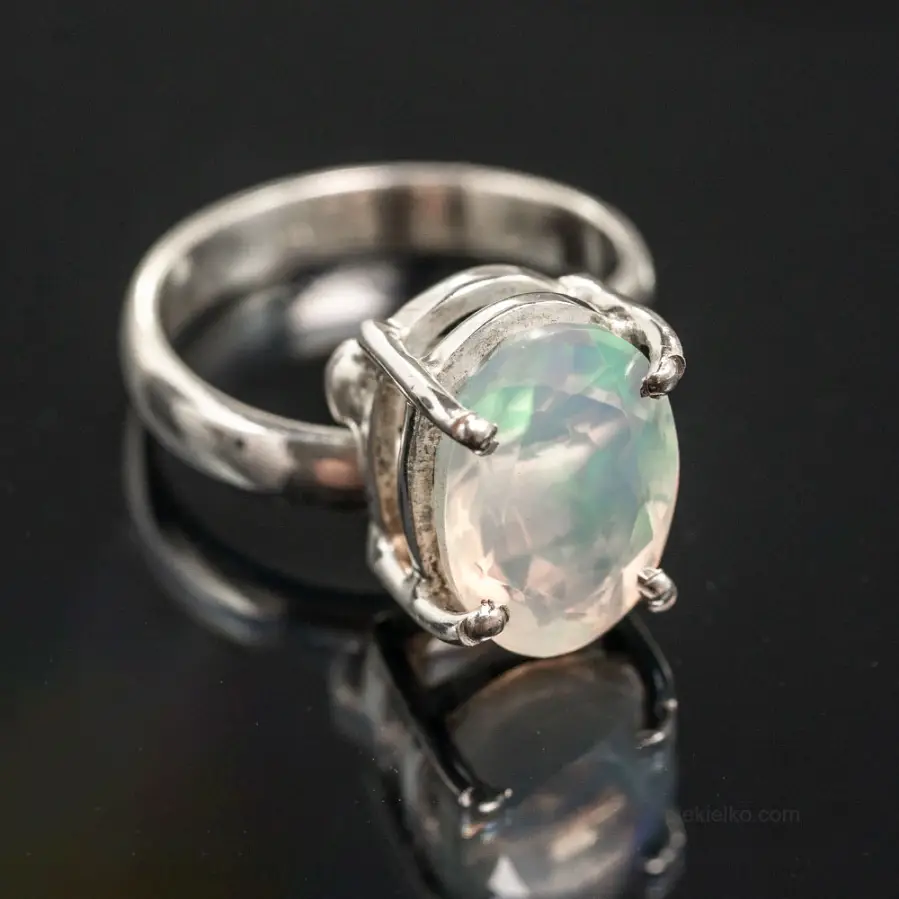
Opal magic - A ring that will enchant
530,00478,33 -
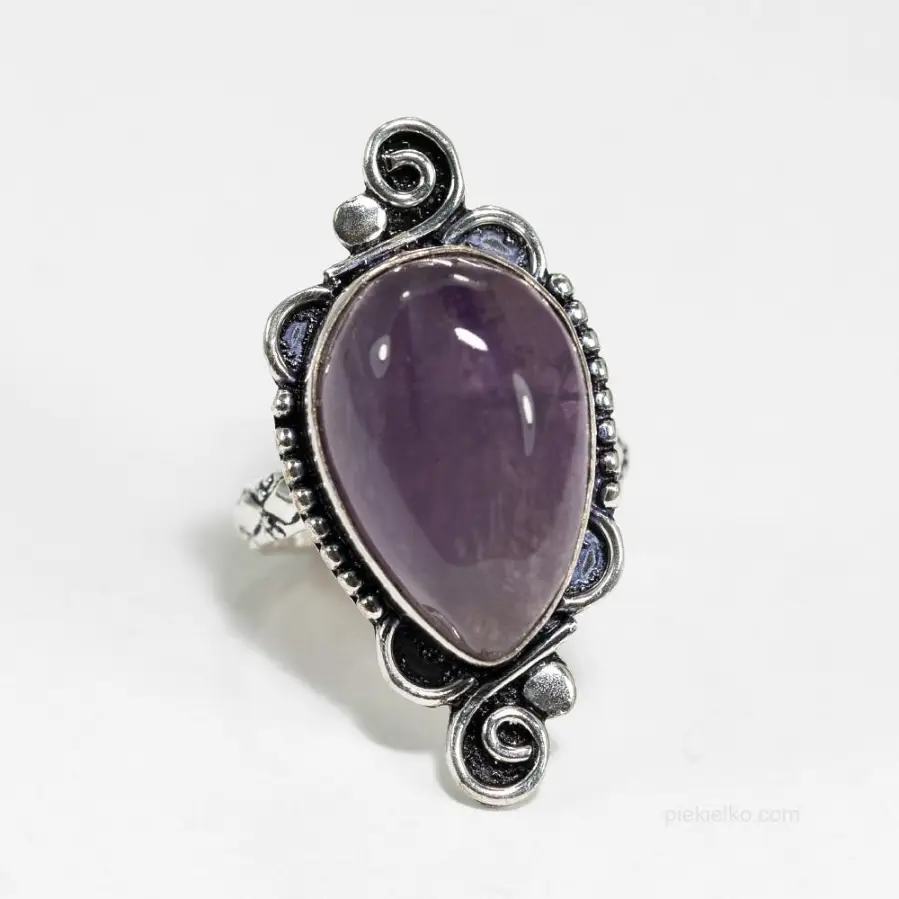
Handmade amethyst ring
199,00189,05 -

Big ring with moonstones
560,00505,40 -
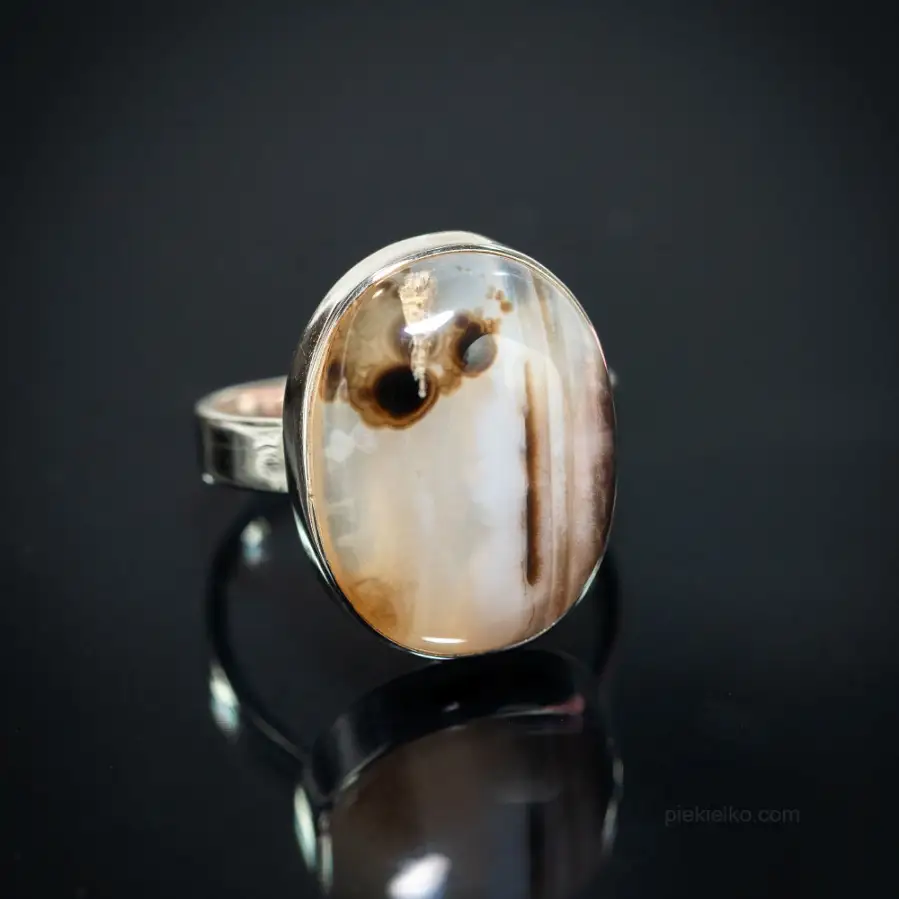
Silver ring with brown agate
330,00297,83 -
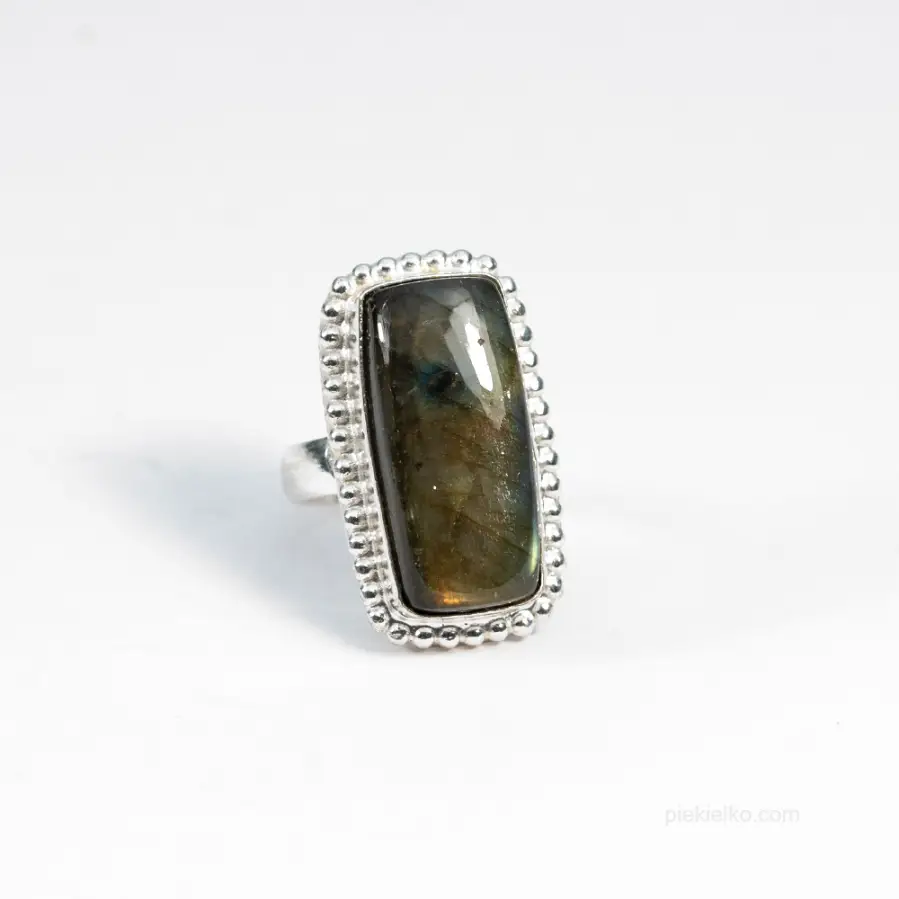
Labradorite The Stone of Mystery in Your Ring
190,00180,50 -
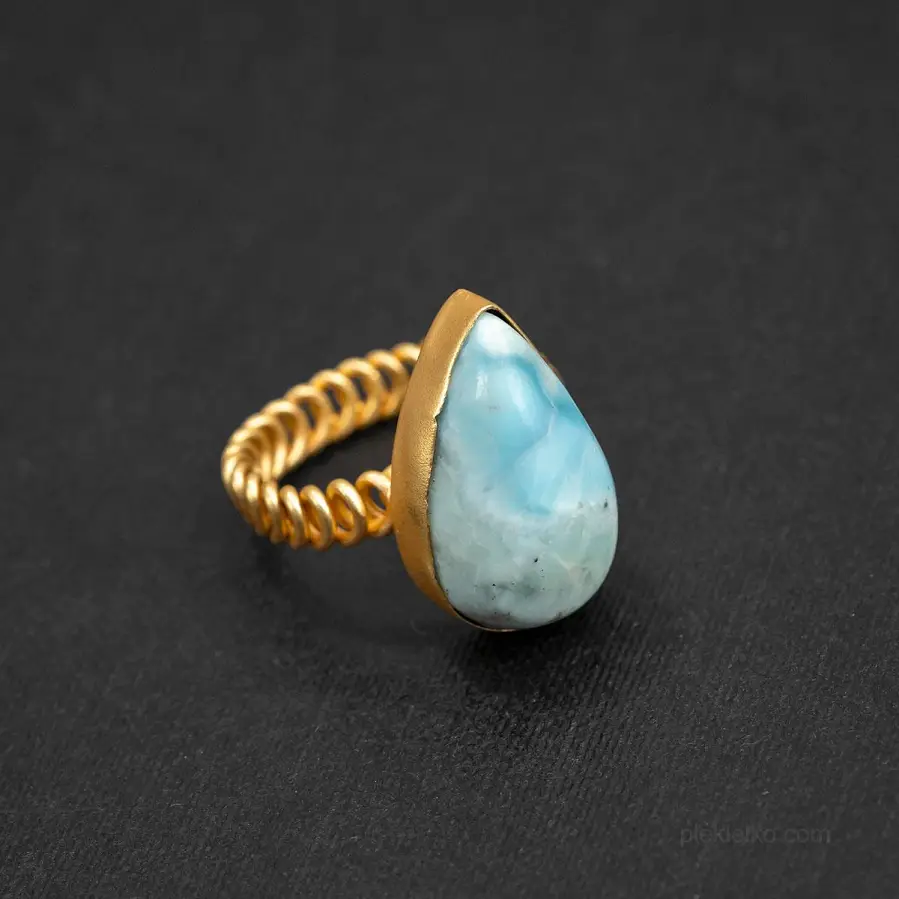
Gold plated larimar ring
210,00119,70 -
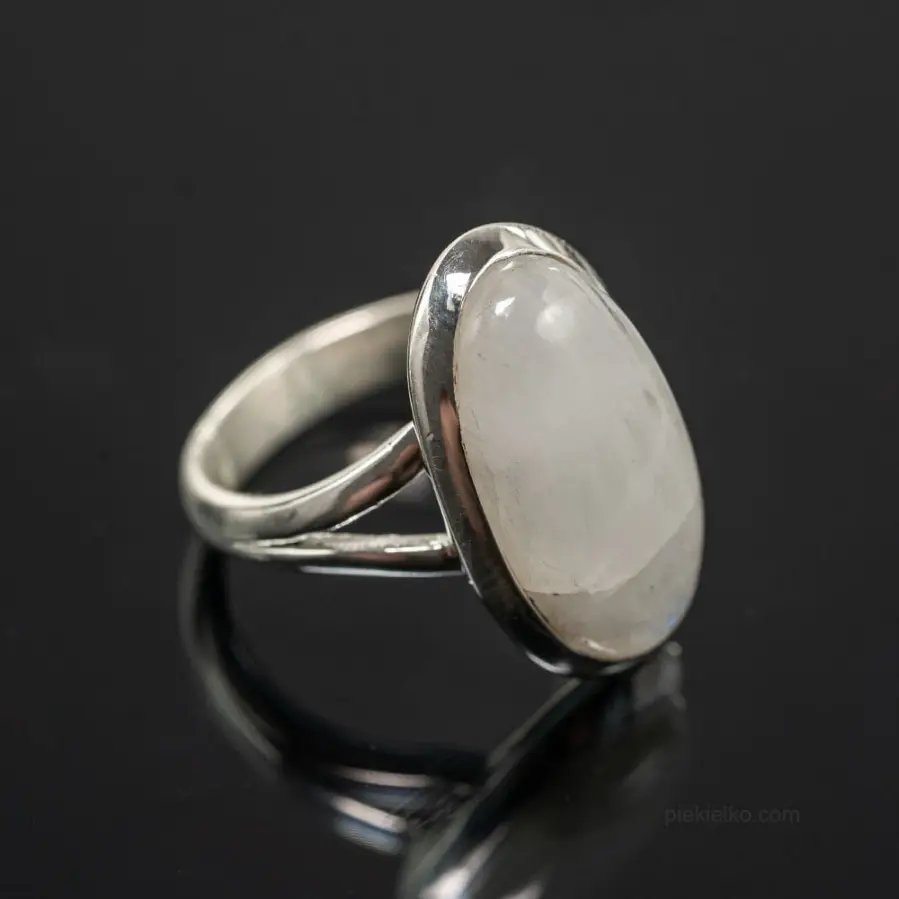
Silver Glow and the Mystery of the Moon
300,00270,75



© Piekielko.com

